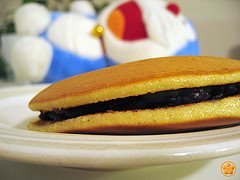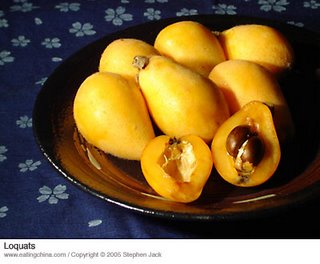A Hairy Situation
 Although we have been told repeatedly that there isn't going to be an energy crisis, reality seems not to be cooperating with government propaganda or intervention.
Although we have been told repeatedly that there isn't going to be an energy crisis, reality seems not to be cooperating with government propaganda or intervention.Friends over in Belgrano Bajo had their wattage cut on the hottest night into the season. We had a little power scare on Sunday ourselves when everything switched off all at once and no sooner we heard screaming through the lift shaft – someone was trapped in the elevator. Guillermo rushed to help – he is always the first to act in these situations.
I considered using the stairs from now until we leave for Sydney, coincidentally that was exactly what my friend who endured a night of melting heat did for a week – she has since given up. However, what do they say about Murphy's Law...
My buttercup blonde domestic goddess came to clean our apartment last night; besides feeding her my chocolate & pistachio cake covered with dark chocolate ganáche and later some zucchini & ricotta fritters, we chitchatted about the crisis. Her reaction provided a glimpse into a probable explanation as to why most Argentines are better equipped at handling incompetence.
Her view is that the lack of energy pales into absolute insignificance when someone in Lavallol was capable of raping and murdering an 8 year-old and then burying her. If we follow that same line of logic, we shouldn't sweat anything because poverty or violence is a daily experience of many Argentines. We are so fortunate that we are not eating each other alive for survival, what else could we possibly complain about?
No wonder, in countries such as Argentina, it is in the politicians' best interests to keep a large part of the population poor, uneducated and most importantly, patriotic. The similarities with another ex-Spanish colony spring to mind immediately – the Philippines. Most Philippinos still love and worship their corrupt "shoe queen" Imelda Marcos!
While taking a walk around the Congress one night, Guillermo asked me about hair extensions. Now, my husband wouldn't even recognise a mascara wand if it hit him in the face so I listened attentively. He heard this term, all the rage in Hollywood and other capital cities populated with philistines, on a radio programme which talked about women in Santiago del Estero selling their hair for food.
Poverty is real, sometimes so real that people have become a little numbed by it. My then pregnant Spanish teacher once said to me, without a hint of compassion, that street kids were a menace. She was held at knife point by a 5 year-old for a couple of pesos. Indeed, some of them are as young as 4 or 5; however, it cannot be their fault that they are poor or starving and therefore controlled by their thuggish ringleader. There is a much bigger problem caused by anyone with voting rights in this country, the rest are just manifestations of how wrong many have been.
Anyway, I've digressed and risk excusing all forms of incompetence which I've encountered many here in one short year.
Our pumpkin recipe on this day of Halloween is not the Trad pumpkin pie but a roasted Japanese pumpkin salad.
1 kg Japanese pumpkin*, trimmed (but not peeled), seeded, and cut into 3-5 mm slices
Spread slices of pumkin in a single layer on a large plate. Steam it for about 15min, flip them over for amother 10min, if necessary (this is to reduce the oven-baking time, as pumkin takes long to cook). Transfer the pumpkin to a non-stick cookie sheet (I use non-stick aluminum foil) and bake in the preheated oven until tender and crisp, about 20min. Remove from the oven and let them cool.





























